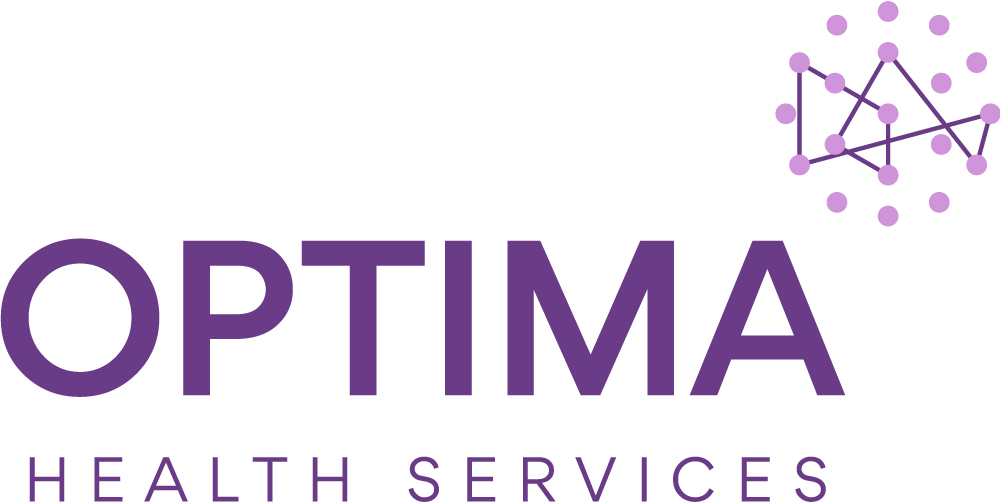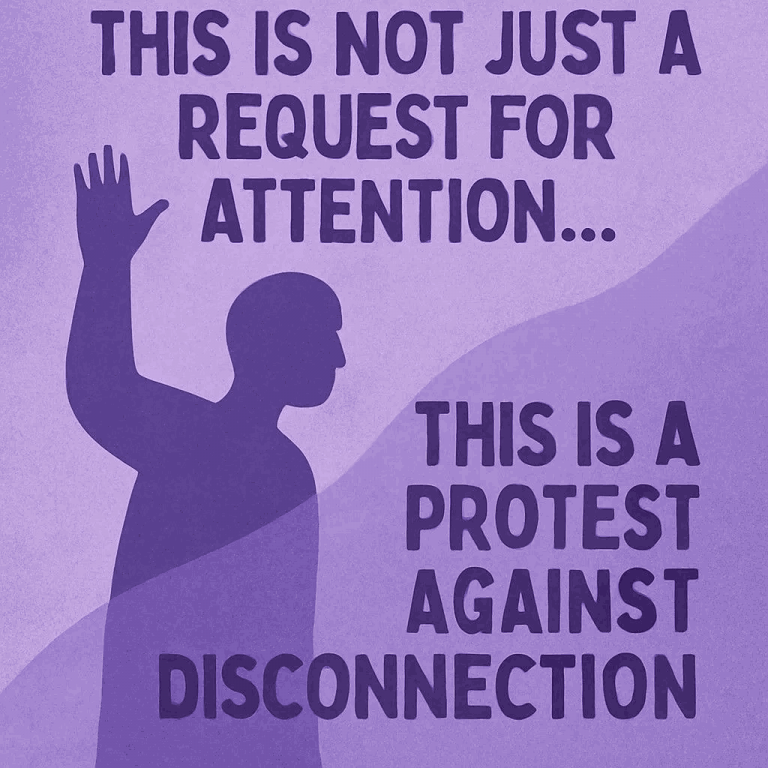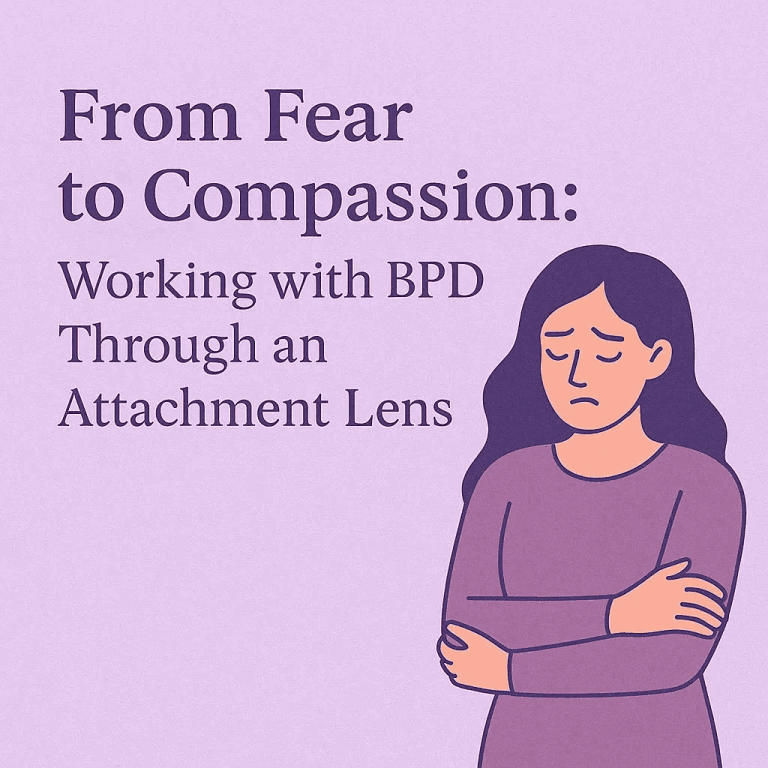How often do you invite dreams into the therapy room?
Exploring the Role of Dreams in Attachment-Based Psychotherapy
How often do you invite your clients to bring their dreams into the therapy room?
In attachment-based psychotherapy, dreams are more than fleeting night-time images. They offer a profound entry point into the unconscious—revealing emotional truths, unresolved attachment wounds, and early relational dynamics that may not be easily accessed through conscious thought or dialogue. For therapists working with an attachment lens, dreams can serve as powerful tools for deepening the therapeutic process and enhancing emotional integration.
Why Dreams Matter in Attachment-Based Therapy
John Bowlby, the founder of attachment theory, described the attachment system as largely unconscious—formed through early experiences with caregivers and carried into adulthood. These patterns continue to shape how individuals relate to others, especially in moments of stress or emotional vulnerability. Because dreams often bypass the rational mind, they can reflect these hidden patterns more directly, bringing to light emotions and memories that might otherwise remain buried.
Jungian psychology adds another dimension. Carl Jung viewed dreams as a bridge between the conscious and unconscious—a natural form of inner communication that can guide healing and self-understanding. For clients with insecure or disrupted early attachments, dreams may present images of abandonment, threat, comfort, or intimacy—symbolic expressions of deep-seated emotional themes.
Therapeutic Opportunities in Dream Work
Working with dreams in psychotherapy doesn’t require decoding or fixed interpretations. Instead, dreams can be treated as “living communications,” as relational moments that invite exploration. Cundy writes about the unique capacity of dreams to carry disavowed attachment trauma into the therapeutic space. When held sensitively, they can support the reprocessing of painful experiences and the reformation of internal working models.
By inviting clients to bring their dreams into sessions, therapists open up new possibilities for connection, meaning-making, and emotional repair. Dreams can evoke strong affect, surface forgotten narratives, or even shift how a client views themselves in relation to others. In this sense, they are not simply reflections of the past but dynamic opportunities for growth in the present.
Using Dreams in Your Practice
To use dreams effectively in attachment-based work:
- Encourage clients to share any remembered dreams, however fragmented.
- Explore the emotional tone and relational themes present in the dream.
- Hold the dream collaboratively—allowing multiple meanings to emerge.
- Stay attuned to how the dream reflects or interacts with the therapeutic relationship.
Ultimately, dreams can deepen the therapeutic encounter and provide a creative, symbolic way to access the emotional world of your clients.
How do you approach dreams in your practice?
Whether you work primarily from an attachment, psychodynamic, or integrative approach, dreams can enrich the work in unexpected and meaningful ways. They are not only expressions of the self but invitations—to listen more closely, to feel more fully, and to relate more openly.






